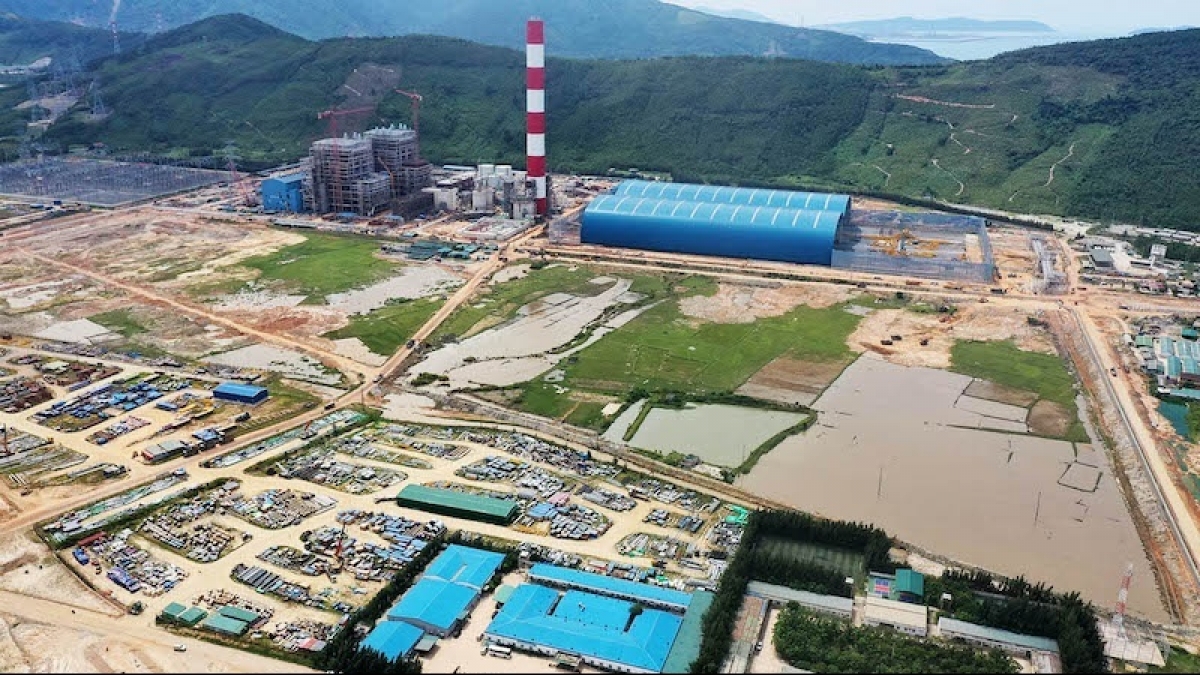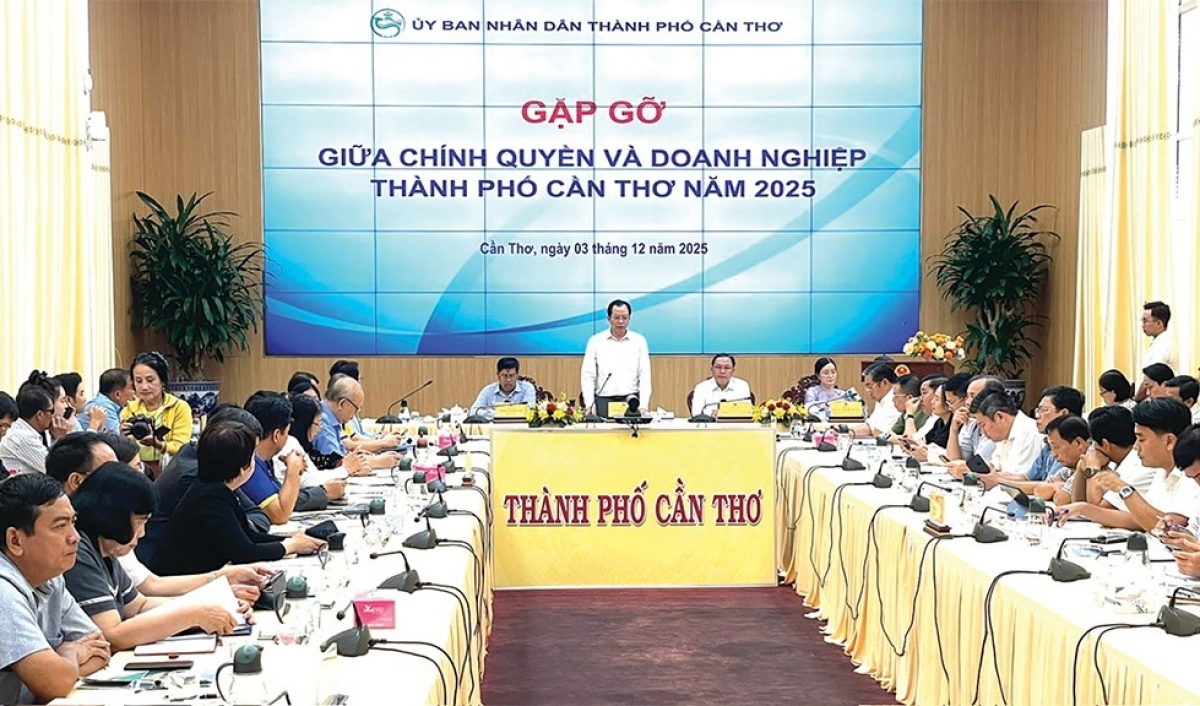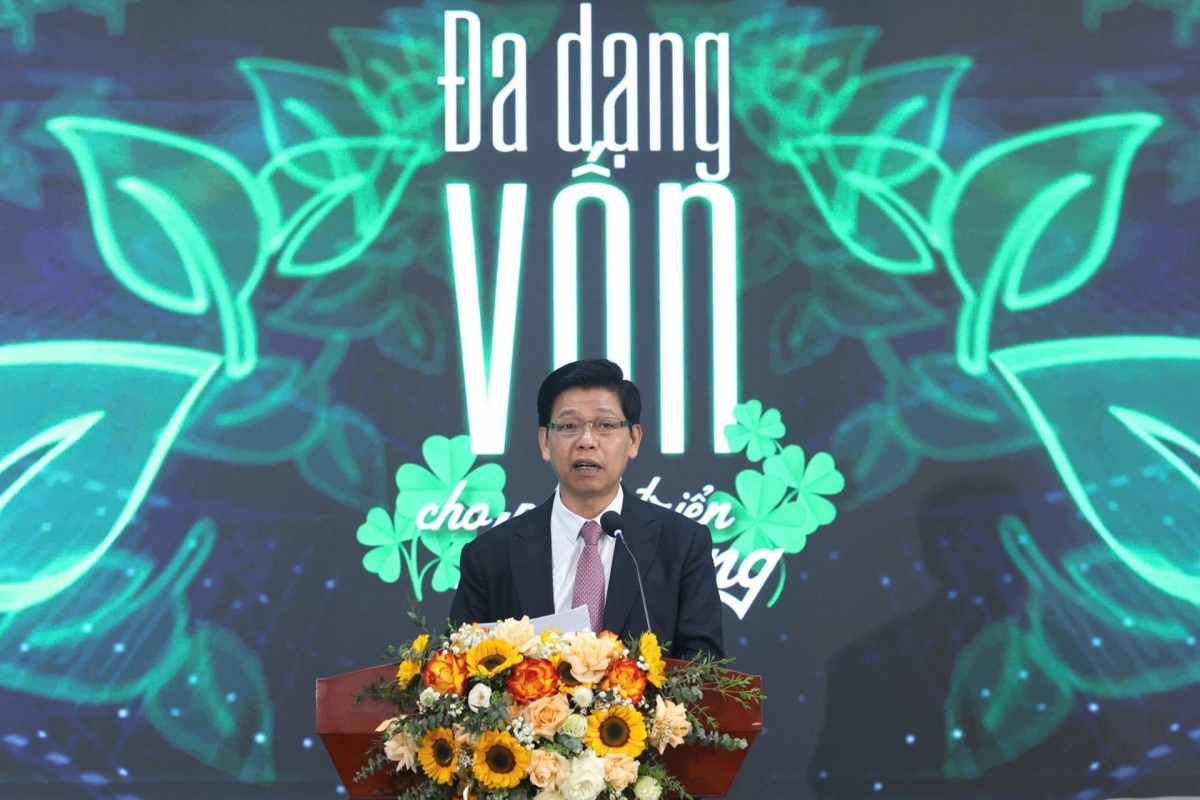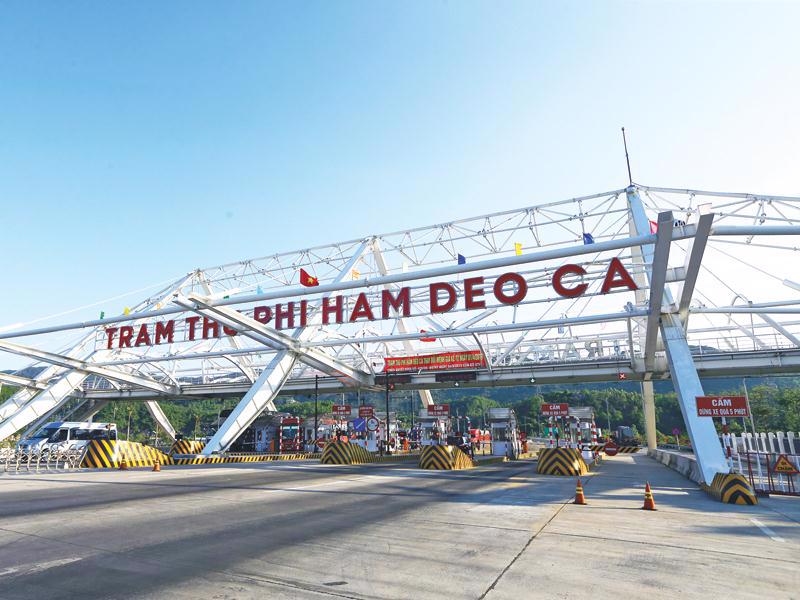INTERNATIONAL INVESTMENT
AND PORTAL
What are the key challenges in creating an enabling environment for green finance to support Vietnam’s agricultural modernisation and environmental goals?
 Assoc. Prof. Dr. Nguyen Dinh Tho, vice president of the Institute of Strategy and Policy on Agriculture and Environment
Assoc. Prof. Dr. Nguyen Dinh Tho, vice president of the Institute of Strategy and Policy on Agriculture and Environment
From a policy development perspective, establishing conditions that enable green finance to support agricultural modernisation and environmental goals in Vietnam requires nuanced interventions.
Agricultural activities remain deeply fragmented and structurally distinct from industrial or urban environmental projects, which have so far attracted most green finance flows.
The financial landscape must adapt to address the agricultural sector’s unique risk profiles, capacity constraints, and data deficiencies. This process includes developing a common language and framework that aligns financial institutions with sectoral environmental objectives.
Without an operational green taxonomy tailored specifically to agriculture, banks and investors lack the tools to distinguish between truly sustainable farming and superficial greening. Farmers and agri-businesses struggle to meet ambiguous criteria, limiting their access to resources and incentives that would support the transition to climate-smart practices.
How can policy frameworks better incentivise private sector participation in sustainable agriculture and environmental projects through green financing mechanisms?
Finalising a green taxonomy with clear agricultural criteria would provide clarity across the financial and farming ecosystems. Developing finance products that respond to the specific needs of green agriculture, through interest rate subsidies, risk-sharing mechanisms, and blended finance models, can also de-risk private sector participation.
Investing in capacity building is equally essential. Banks need training on green credit risk assessment, while farmers require support to adopt sustainable practices and develop bankable project proposals.
Infrastructure investments through public-private partnerships can improve the enabling environment for green agriculture. Irrigation systems, post-harvest facilities, and transport logistics designed with sustainability principles can enhance productivity and reduce environmental footprints.
By institutionalising these changes, Vietnam can boost its green finance ecosystem in ways that are relevant to modernising agriculture.
As Vietnam develops its green taxonomy, how important is it to ensure alignment between agricultural and environmental policies with financial market requirements?
Establishing a common, science-based taxonomy provides financial markets with clarity and comparability, which are critical for investment decisions.
Standardised classifications serve as a foundational tool for unlocking capital flows into green sectors. In the absence of these standards, banks and funds face additional due diligence burdens, increasing internal costs and dampening appetite for green assets.
The taxonomy serves as a risk-mitigation instrument, giving confidence to investors that green investments in Vietnam will meet both environmental and financial performance expectations.
The success of any green finance ecosystem depends on its capacity to channel resources into priority sectors without ambiguity. A consistent taxonomy allows for more effective monitoring of those flows, enabling government agencies and financial regulators to assess how green capital contributes to national climate commitments, including targets related to emissions reduction and climate adaptation. Such clarity strengthens policy feedback loops and facilitates data-driven policy adjustment.
Alignment also ensures fair competition in the financial market, and bring efficiency gains by reducing transaction costs.
What sectors is the government prioritising for green investments, particularly in the agriculture and environment space?
High-quality, low-emission rice production in the Mekong Delta is emerging as a flagship initiative that integrates climate mitigation with rural development. This effort includes large-scale promotion of ecological farming techniques such as alternate wetting and drying, sustainable straw management, and the shift towards organic inputs.
Furthermore, sustainable aquaculture is receiving targeted attention due to its dual role in export competitiveness and environmental impact. The application of advanced recirculating aquaculture systems, the reduction of nutrient run-off, and improved disease management protocols reflect the government’s commitment to making the seafood sector more resilient and sustainable.
The government is also encouraging diversification in production for resilience against climate shocks. In areas vulnerable to saltwater intrusion and flooding, diversification into drought-tolerant crops, improved irrigation systems, and soil protection infrastructure supports livelihoods and conserves ecosystems.
Investment is flowing into digital tech and precision farming tools, where sensors and AI-powered platforms help farmers optimise inputs and reduce resource waste. This movement towards smart agriculture is reshaping productivity and sustainability metrics across rural Vietnam.
Environmental investments are also strategically directed towards key sectors with strong rural linkages.
In waste management, the emphasis is shifting from basic disposal to integrated systems that recover energy and materials. Investments in recycling infrastructure, waste segregation programmes, and producer responsibility mechanisms are being prioritised to tackle urban waste volumes and utilise closed-loop systems. Wastewater treatment infrastructure is expanding to protect public health and aquatic ecosystems, particularly in river basins that support both urban populations and agricultural activities downstream.
 Trade and climate change links require strengthening
Trade and climate change links require strengthening
While Vietnam is struggling with many challenges due to climate change, trade policy needs strong adjustments to encourage adaption, especially in directly affected areas such as agriculture and industry.
 Attaining climate justice with climate finance goals
Attaining climate justice with climate finance goals
The significant global changes are leading to three planetary crises – climate change, biodiversity loss, and environmental pollution. Therefore, climate finance, when invested sufficiently and appropriately, is the pathway to climate justice.
 200 enterprises set to participate in pilot carbon market
200 enterprises set to participate in pilot carbon market
Approximately 200 enterprises in the steel, cement, and thermal power industries will participate in the pilot carbon market, which is expected to be implemented for three years from this June.



















